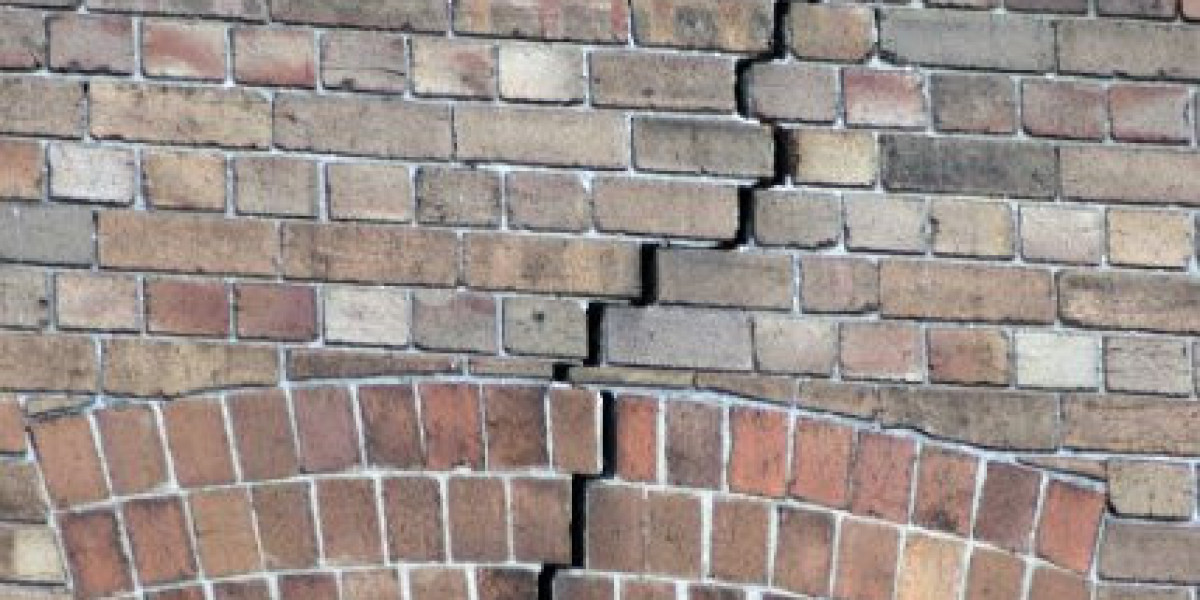The Robotic Vacuum Cleaner Market Size is witnessing remarkable growth, driven by rising demand for automation, convenience, and smart home integration. Robotic vacuum cleaners, often referred to as autonomous cleaning systems, have transformed household cleaning by leveraging advanced technologies such as AI navigation and sensor-based mapping. With the growing trend of urbanization and busy lifestyles, consumers are increasingly adopting these intelligent devices to maintain cleanliness efficiently and effortlessly. As smart homes become more prevalent, the robotic vacuum cleaner industry continues to evolve, offering enhanced performance and connectivity features.
Increasing Demand for Smart and Automated Cleaning Solutions
The surge in demand for smart home appliances has significantly contributed to the expansion of the robotic vacuum cleaner market. Modern suction robots come equipped with advanced sensors, laser mapping, and self-charging capabilities that allow seamless cleaning of both residential and commercial spaces. Furthermore, their integration with mobile applications and voice assistants provides users with enhanced control and convenience. The growing awareness of hygiene and technological innovation in floor cleaning robots has made them indispensable in modern households, particularly in urban regions where time-saving solutions are highly valued.
Technological Innovations Driving Market Growth
Continuous advancements in AI, robotics, and automation are shaping the future of robotic vacuum cleaners. Newer models are being designed with AI navigation algorithms that enable real-time mapping, obstacle detection, and efficient route planning. These intelligent cleaning systems not only enhance operational efficiency but also reduce energy consumption. Additionally, improved battery technologies and smart sensors are boosting device performance, allowing for longer run times and better dust collection capabilities. The rising popularity of connected ecosystems and IoT-enabled devices has further strengthened the market’s technological foundation.
Regional Insights and Emerging Market Linkages
The Asia-Pacific region, particularly China, has emerged as a major hub for robotic vacuum cleaner production and adoption due to rapid technological advancement and smart home adoption. For instance, innovations in the China Transport Ticketing Market demonstrate the country’s growing focus on automation and digitalization, trends that parallel the evolution of robotic home cleaning systems. Similarly, the China Ethernet Switch Market is expanding due to increased networking infrastructure, supporting the growth of connected devices like robotic cleaners that rely on seamless Wi-Fi communication and cloud integration.
Future Outlook and Opportunities
The future of the robotic vacuum cleaner industry lies in continuous innovation, AI-driven automation, and enhanced product customization. As sustainability becomes a global priority, manufacturers are developing eco-friendly designs and energy-efficient models. Integration with smart home ecosystems and cloud-based monitoring is expected to make robotic vacuum cleaners even more intelligent and user-friendly. With rising disposable incomes, growing awareness of hygiene, and continuous technological progress, the market is poised for significant expansion in the coming years.
Discover insights into the growing Robotic Vacuum Cleaner Market Size, driven by automation, AI navigation, and smart home integration. Explore how innovation and consumer demand are shaping the future of autonomous cleaning technologies.
FAQs
Q1. What factors are driving the growth of the Robotic Vacuum Cleaner Market?
The market growth is fueled by increasing smart home adoption, rising consumer demand for convenience, and continuous advancements in AI and automation technologies.
Q2. How does AI navigation enhance robotic vacuum cleaner performance?
AI navigation enables precise mapping, obstacle avoidance, and efficient cleaning routes, ensuring better coverage and performance in both residential and commercial spaces.
Q3. Which regions lead the robotic vacuum cleaner market?
Asia-Pacific, led by China and Japan, dominates the market due to rapid technological advancements, growing urbanization, and widespread adoption of smart home appliances.








